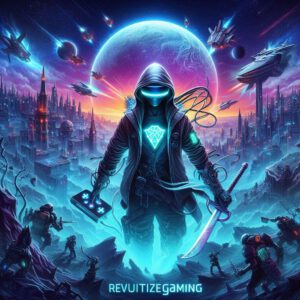Non-Fungible Tokens (NFTs) have been gaining popularity in recent years as they provide a secure and transparent way for artists to monetize their work, connect with fans, and create a marketplace for digital art. An NFT is a unique digital asset that represents ownership of digital content such as art, music, videos, and more. Unlike cryptocurrencies which are fungible, meaning they are interchangeable with each other, NFTs are non-fungible, meaning they have a unique identity and value.
One of the main advantages of NFTs is that they allow artists to retain control over their work and profits. By creating an NFT, artists can prove ownership of their work and sell it directly to collectors or buyers without intermediaries such as galleries or art dealers. This cuts out the middleman and allows artists to maintain more control over their work and profits.
Another advantage of NFTs is that they provide a way for collectors and investors to own unique digital assets that can be resold or traded on secondary markets. For example, an NFT representing a digital artwork can be sold to a collector, who can then resell it to another buyer at a higher price. This creates a marketplace for digital art that is similar to the traditional art world, but with the added benefit of blockchain technology.
NFTs also provide a way for artists to connect with their fans and supporters directly. By creating an NFT, artists can offer exclusive access or perks to their most dedicated fans, such as behind-the-scenes content, personalized messages, or even the ability to collaborate on new projects. This creates a sense of community and engagement that is not possible with traditional art media.
One example of an NFT in action is the recent sale of a digital artwork by artist Beeple for $69 million at Christie’s Auctions House. The artwork, titled "Everydays: The First 50 Days," was created using a 3D scanner and photogrammetry software, and represents a 24-hour period on January 1, 2021. The sale of the NFT generated significant buzz and attention for both Beeple and the digital art world as a whole.
Another example is the sale of a unique digital artwork by artist Kevin McCoy at auction house Sotheby’s for $1.4 million. The artwork, titled "Quantum," was created using blockchain technology and represents a quantum mechanical system. The sale of the NFT generated significant attention for both McCoy and the digital art world as a whole.
In conclusion, NFTs are a unique and innovative way for artists to monetize their work, connect with fans, and create a marketplace for digital art. As the technology continues to evolve, we can expect to see more and more exciting use cases and applications for NFTs in the digital art world.



